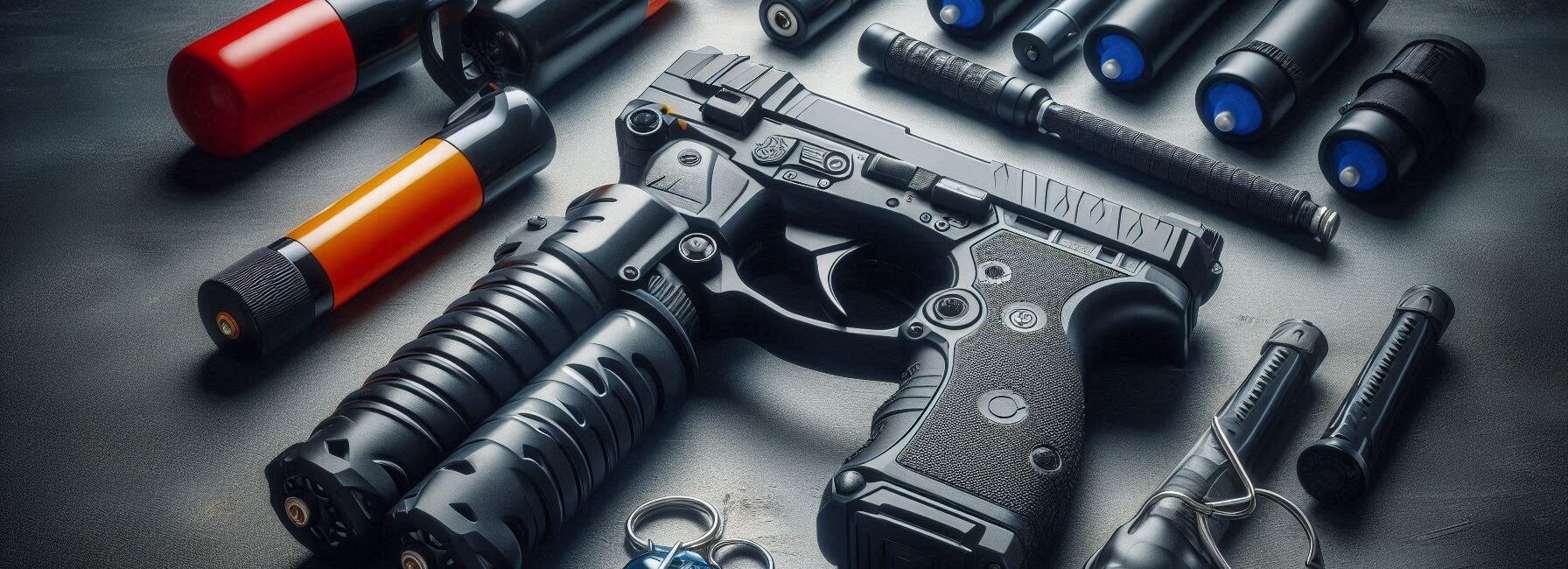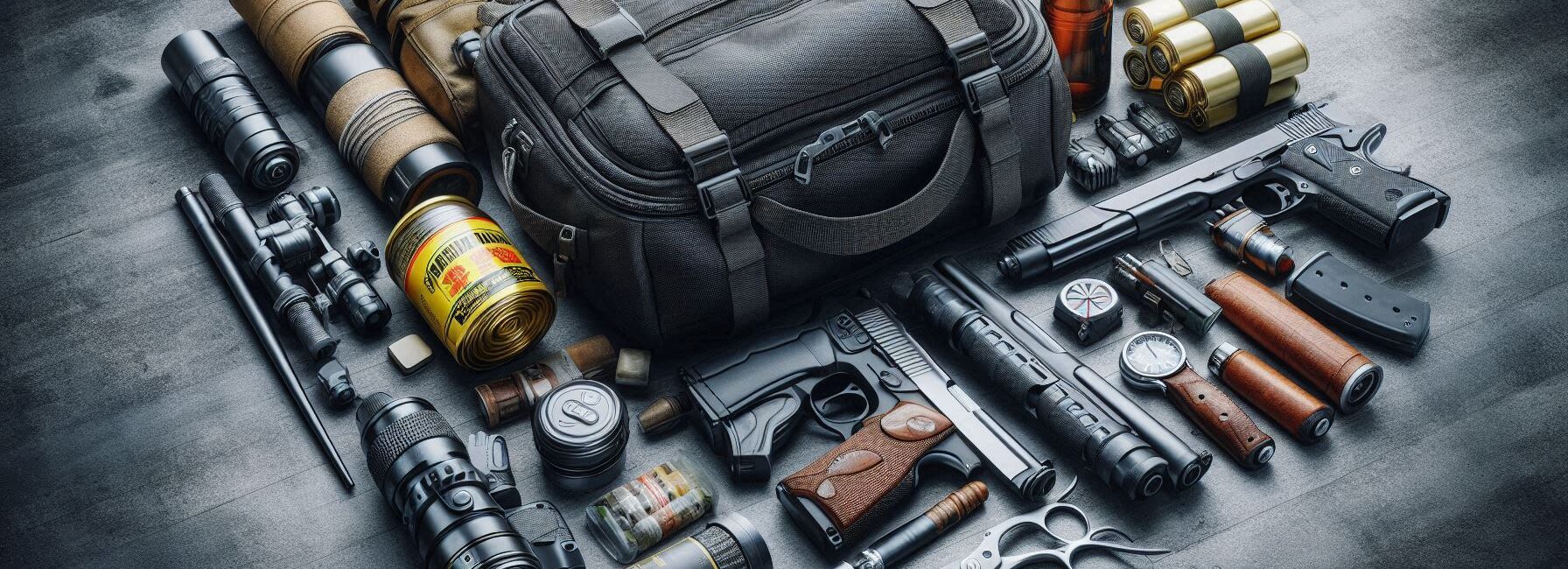Please Note: This post may contain affiliate links. If you click one of them, we may receive a commission at no extra cost to you. As an Amazon Associate, I earn from qualifying purchases.
Last Updated on November 1, 2025 by Kevin Collier

Top Takeaways and Key Concepts
- Map Your Home Layout: Draw a floor plan marking all doors, windows, and exits.
- Identify Two Escape Routes: Ensure every room has at least two exit options.
- Choose a Safe Meeting Spot: Select a location outside your home to reunite after evacuation.
- Keep Exits Unblocked: Regularly check that doors and windows are accessible and unobstructed.
- Practice Regular Drills: Conduct escape drills at least twice a year, including at night.
Imagine that you're at home, comfortable, and having a quiet night with your favorite snack—popcorn, of course. Who doesn't like that buttery taste? Just the right time for Netflix, right?
Then—boom! A loud crash breaks the peace. Is that cat from the neighbor's house on a secret mission again? Or something that scares you a little more?
Your heart starts to race no matter what it is. It's time to plan how to get out of your house and where to go to be safe. You know, the type that would impress even James Bond. Thank goodness there was no tuxedo.
First, look in every room. Find the simplest way out of each. Open doors and windows. Anything that goes outside. Make sure that cartons or that old treadmill you promised to use don't get in their way.
Next, think of areas that are safe. If something went really wrong, these are secure places for you to be. It could be a room with no windows or a place in the basement. Make sure everyone in the house understands exactly where to go. When your heart is racing, having a clear plan helps a lot!
Think about where to meet, too. Outside your house, where everyone can see it. A neighbor's yard or a big tree in the park could be a good place. You know where to meet up if you become separated this way. It makes everyone feel better.
Have a little emergency kit ready. Easy things. A torch, some snacks, and water. You never know when you'll need it.
Try out your plan. It may sound trivial, but going over it once or twice makes a big difference. Have fun and act like it's a game! You could time everyone to see who can get to safety the fastest.
*** Shop for Survival Gear - Tools - Kits ***
Survival Gear - Bags and Backpacks - Knives - Boots/Footwear - Communication
Outdoor Cooking - Gloves - Hydration - Dry Boxes - Water Filtration Systems
Tents - Sleeping Bags - First Aid Kits - Multi-Tools - Flashlights - Fire Starters
Navigation - Survival Food - Night Vision - Headlamps - Stun Guns - Binoculars
Don't worry. Take a deep breath! Even if that accident was really loud. Keep in mind that you have a plan, and plans are helpful.
It's like a fun game night with a twist. It's about having fun and being safe at the same time. You want everyone to know what to do.
So, get that popcorn again. It's always a good idea to have a snack when you're making plans for safety, right? Stay wise, stay safe, and don't worry about those movie evenings!
Assessing Your Home Layout: Know Your Terrain
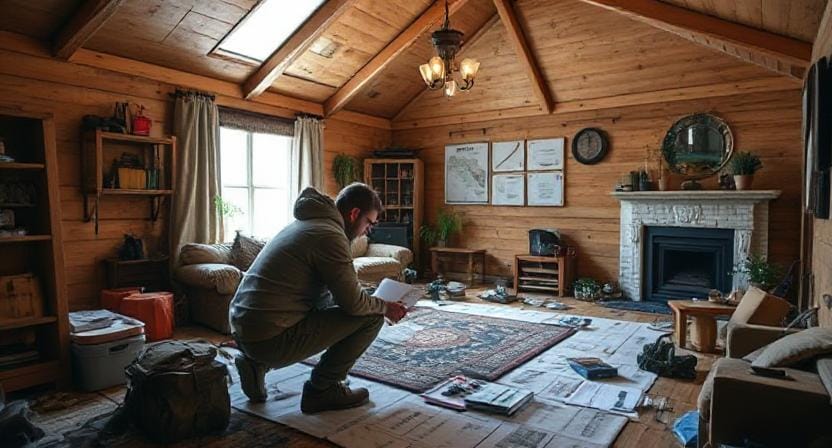
First things first, examine about your residence carefully. I mean really look! You might be shocked by what you find hiding in those nooks. Is that a real small animal or just a dust bunny? In any case, knowing how your home is set up is important for finding ways to get out.
First, find all the feasible ways out. It's easy to think about doors, but don't forget about windows! They can save your life, or at least your legs, if you need to run away quickly.
By the way, think about how easy it is to get to these exits. If you have furniture in the way, it could be time to move things about. Do you remember when you were a youngster and you tried to fit through a small spot while playing hide-and-seek? Yes, let's not have those times as grownups!
Plan Beforehand To Make Sure There Are Clear Escape Routes
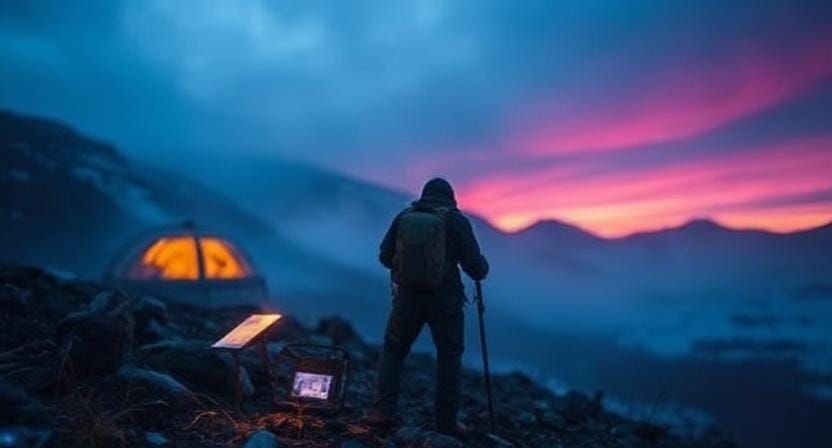
It's time to make distinct escape routes now that you've looked at the layout of your property. This is like arranging a road trip without the bothersome “Are we there yet?” questions from those in the backseat. Each area should have at least two ways out, just in case one of them is blocked.
To be honest, making a simple map can help you see these pathways better. Get some paper and draw where the windows and doors are.
Then, write out any possible problems, such huge potted plants or that huge beanbag chair from college that never seems to go away. Having more than one choice can make you feel better, and it might even keep you from tripping over old toys as you try to run away!
Designating Safe Zones: Where Do You Go?
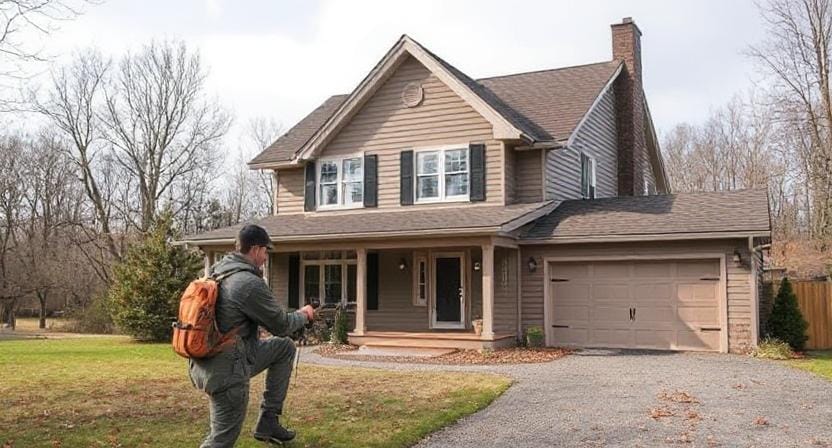
So we know how to get out, but where do we go while we're outside? That's where safe zones come in! A safe zone is a place where everyone can go after getting away from danger. This may be your neighbor's yard (if they don't mind) or even the park down the street.
Speaking of that, think about giving family members dedicated places to meet. It will save everyone from roaming around aimlessly and wondering if Uncle Bob has lost his glasses again, which are presumably on his head! Make sure everyone understands where these places are ahead of time; practice makes perfect!
Time to Practice Your Escape Plan!
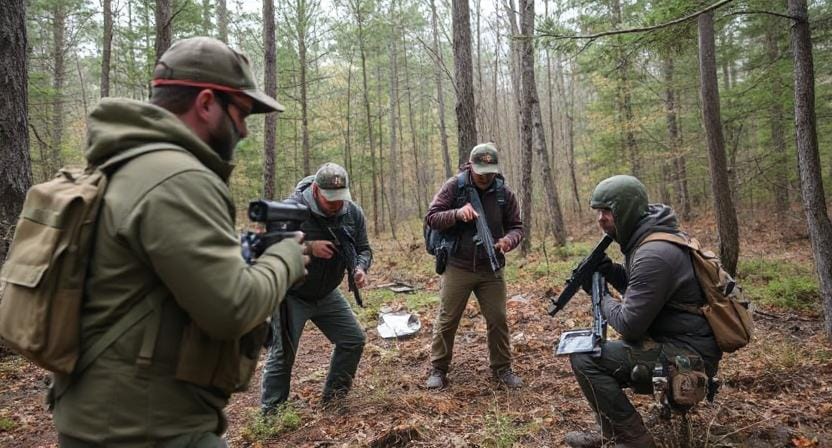
It's important to rehearse this plan often once you've set up routes and safe zones. I know what you're thinking: “Practice? Isn't that just for drills? Yes, and also to keep things from getting out of hand when things go wrong!
Get everyone together and act out different situations, like imagining there is an extraterrestrial invasion (because why not?). Try out different ways to get away and observe if anyone gets stuck behind furniture or trips over their own feet while trying to get to safety. Believe me, laughing during these drills can make you feel better.
Storing Emergency Supplies Be Ready: Handy
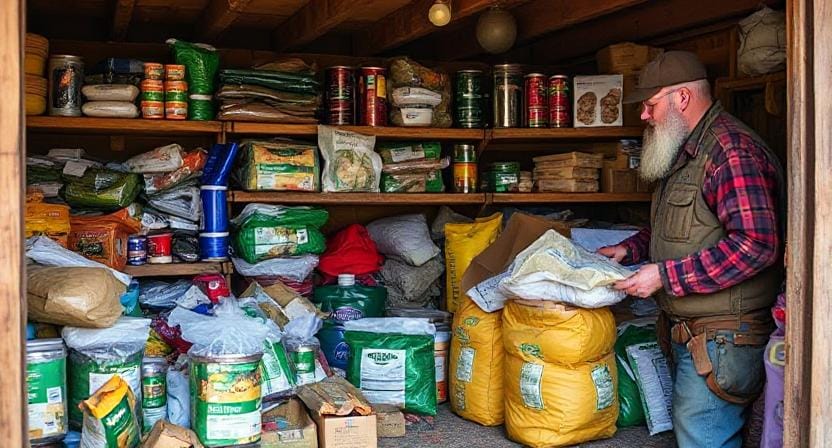
Let's be honest: crises can come at any time, even while you're watching your favorite program on Netflix and forgetting to eat.
So it's really important to have emergency supplies on hand! Put things like snacks, flashlights, first-aid kits, and bottled water near your escape routes or in safe zones that are clearly marked.
Adding some comfortable things, like blankets or plush animals, might also aid with anxiety when things get tough. You could cuddle with Mr. Fluffy while you wait for help. It might not be the best thing to do, but it's better than being alone and worrying about what will happen next!
Communicating Your Plan: Share With Everyone
You know what? Talking to each other is really important! Really. Tell everyone in your house about your plan to get away. Yes, even the animals! But let's be honest: cats might just look at you like you're speaking Martian.
Have fun! Make things that help people see, like vibrant posters. Show the safe zones and the ways out we talked about. Put them up where everyone can see them. This way, when things get a little wild, everyone knows what to do instead of rushing about like crazy people.
Working on something as a family gives you confidence. Like a superhero squad, you're all in this together. Your dog might think it's all a game. It's very vital to work together. It helps everyone stay cool when things go crazy.
Think about all the stories you'll have! “Do you remember when we all worked together to stay safe?” That's a good reason to gloat! It makes you feel like a hero in real life.
So get everyone together and go over the plan. Play a small game. It might be a lot of fun!
And hey, it's actually nice to be ready as a bunch. You know that nice, cozy feeling? That's how to work as a team. And you'll undoubtedly giggle when you try to figure it all out. Get a snack, make it warm, and start planning!
Frequently Asked Questions
Why should every room have two escape routes?
If a primary exit becomes blocked by debris or fire, a secondary route increases your odds of evacuating safely.
How do I map my home layout correctly?
Draw your floor plan on paper and mark every exterior door, window, stairway, and hallway clearly.
What makes a good outdoor meeting spot?
A safe zone should be outside your home, easy to reach, visible, and known to everyone in the household.
How often should I practice evacuation drills?
Conduct drills at least twice per year and include nighttime practice to simulate realistic conditions.
How do I keep exits usable at all times?
Check regularly for clutter, stuck windows, blocked doors, or furniture that would slow your exit in an emergency.
What supplies should be stored near escape routes?
Keep flashlights, basic medical items, shoes, and possibly water or snacks placed where they can be grabbed instantly.
Why is it important to share escape plans with everyone?
Clear communication ensures every person knows exactly where to go and prevents confusion or separation during evacuation.
Suggested Resources:
Neighborhood Watch Program
https://www.nnw.org/
Emergency Preparedness Guide
https://www.ready.gov/
Home Safety Tips
https://www.cdc.gov/homeandrecreationalsafety/index.html

Kevin Collier is a seasoned survivalist and expert in prepping and homesteading, contributing to WiseSurvive.com. With a deep-rooted passion for self-sufficiency and outdoor survival skills, Kevin shares practical advice, strategies, and resources to help individuals prepare for any challenge. His informative articles cover a range of topics, from essential survival techniques to sustainable living practices, empowering readers to thrive in any situation. Whether you're a novice or a seasoned prepper, Kevin's insights will inspire you to take charge of your readiness and build resilience for the future.


